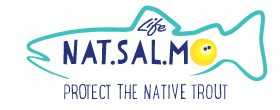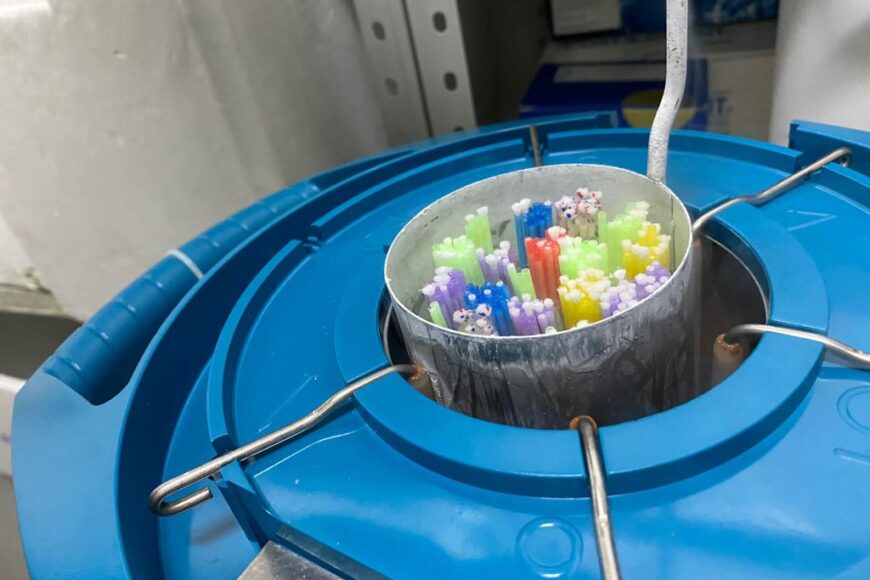A few years ago, just in the months in which we were writing the LIFE NatSalMo project, an illuminating article appeared on the pages of the magazine “The Biologist” on the importance of cryobanks in the conservation of species, written by William Holt, professor at the University of Sheffield and honorary researcher in Conservation Biology for the survival of species of the prestigious Smithsonian Institution.
Holt remembered when, in the late 1940s, a young postdoc discovered in a fortunate and accidental way that the sperm cells of mammals and chickens could be frozen and subsequently successfully thawed in the presence of glycerol.
In the following decades, the development of increasingly efficient protocols and cryoprotectors led to the large-scale application of the use of cryopreservation of sperm and cryobanks in the field of animal husbandry and in the treatment of human infertility. The habit therefore spread of looking at cryopreservation practices purely as a selection and artificial insemination tool for the genetic improvement of domestic breeds of economic interest.
Despite this, some conservation biologists began to focus on cryobanks in the context of safeguarding endangered species, animated by an important intention: to overcome a major limitation inherent in species reproduction programs represented by the negative effects of inbreeding of reproducers. The cryobanks that were created to support the recovery projects of species at risk have the single major task of preserving the broadest natural genetic diversity in order to support the well-being and survival of wild populations, fighting inbreeding and its deleterious effects .
One of the first successful applications of this technology was the recovery of the black-footed ferret Mustela nigripes, which from the end of the 1980’s was saved from extinction thanks to a breeding program that led to the reintroduction of more than 4,000 individuals in the USA, Canada and Mexico. Frozen semen samples of the original founder reproductives are still used, sparingly, to support existing populations and genetic analyzes show unequivocally that the offspring originating from these inseminations have lower levels of inbreeding than individuals born from natural reproduction.
To date the challenges of cryopreservation are still many: not all species – from mammals to fish – respond well to the freeze-thaw cycle of the semen. However, the development of increasingly efficient protocols and the programming of appropriate artificial fertilization schemes represent a fundamental step that allows cryobanks to provide conservation projects with a useful tool for not losing the original biodiversity.
The LIFE project Nat.Sal.Mo. was born from the need to test a tool useful for overcoming some limits of the traditional artificial reproduction programs to support the native salmonid populations, which risk producing autochthonous material, but at the same time “zootechnical”. The future creation of a breeding park will be able to count on wild genetic resources also in the years to come. These are the cornerstones from which our project idea was born, later supported by the European Community for its innovative content, in combination with other habitat protection activities and the participation of local communities. In a nutshell: Animal husbandry? No thank you.



